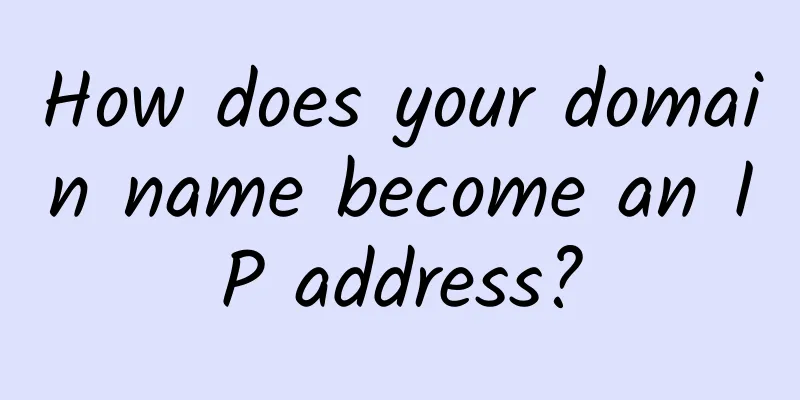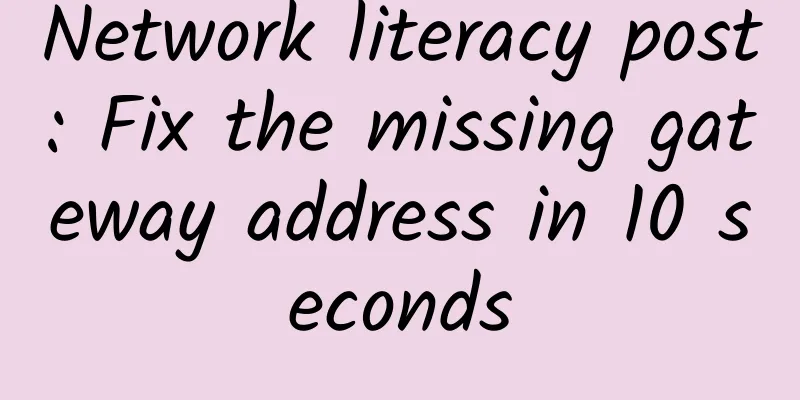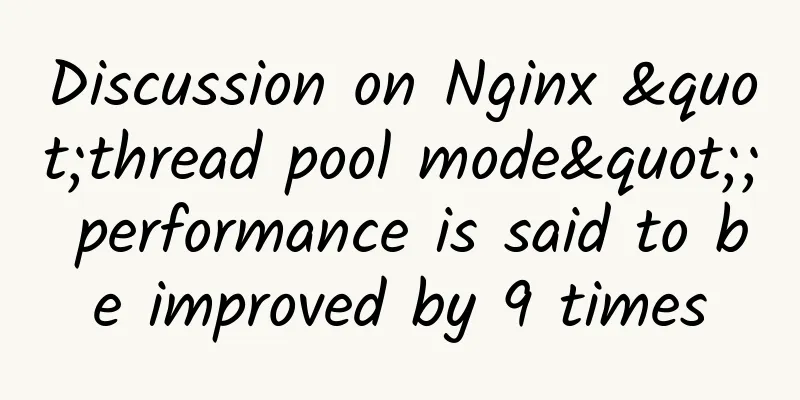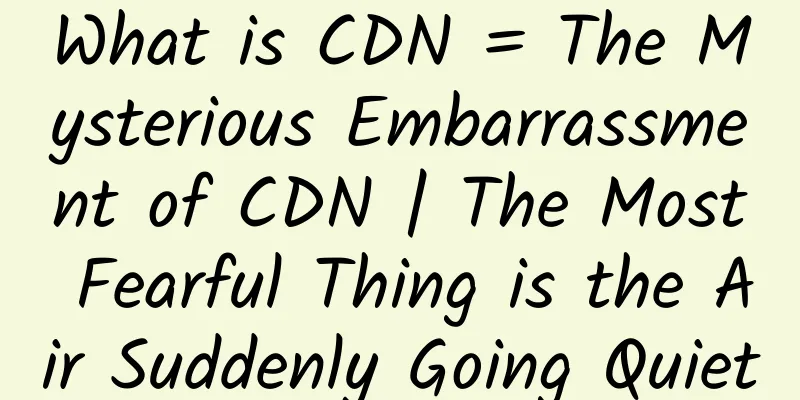Is 5G investment ahead of schedule? It depends on the innovation of market-oriented application scenarios

|
Not long ago, the market was hotly discussing 5G application scenarios, which originated from the concerns of former Minister of Finance Lou Jiwei about 5G investment. Minister Lou believed that the existing 5G technology was very immature, hundreds of billions of dollars of investment had been made, and the operating costs were extremely high. It would be difficult to digest the costs in the future if there were no application scenarios. There is no doubt that Mr. Lou Jiwei has grasped the key issue of linking new technologies to promote economic growth - application scenarios and consumption scenarios. The innovation of application scenarios or consumption scenarios is not only related to the investment benefits of new technologies, but also to the strategy of expanding domestic demand during the "14th Five-Year Plan" period, the future growth momentum and growth structure, and affects people's lifestyle changes and the improvement of their quality of life. How 3G and 4G innovate consumption scenarios and change lifestyles"Before Steve Jobs created the iPhone, the world had zero demand for it" - new supply creates new demand and brings new economic growth. Based on his accurate grasp of consumer psychology, demanding aesthetic requirements, and extraordinary imagination, Steve Jobs created innovative products and services such as the iPhone and iOS operating system "out of nothing", which changed people's lifestyles and improved the quality of human life. However, if the mobile phone was just a wireless mobile communication device, the original digital mobile phones such as Nokia and Motorola would not be replaced so ruthlessly - Apple redefined the mobile phone, making it a smart mobile terminal device that integrates many functions such as communication, work, leisure, and entertainment. Even for such a great innovative product as Apple's smartphone, the process of creating new demand and changing people's lifestyles is inseparable from the innovation of various application scenarios. Although Apple phones between 2007 and 2008 had a unique multi-touch experience, their breakthroughs in 3G application scenarios were not very obvious and only included common applications such as calls, text messages, pictures, audio, and video. With the download of songs, various software applications developed by Apple APPs, game functions, and improved rear camera pixels, a corresponding series of application scenarios were innovated, and Apple smartphones gradually replaced the original digital phones and other communication devices. In the 4G era, the innovation of consumption scenarios for smartphones has attracted participants far beyond mobile device manufacturers and software developers represented by Apple. Smartphones have become the main carrier of consumer Internet, extending to more applications such as commodities, news, music, film and television, online games, and live broadcasts. The most influential innovations in consumer scenarios in the 3G and 4G era are various social apps and the various new business models derived from them. For example, WeChat, a social application launched by Tencent, has become the most important instant messaging app for Chinese people. In the past 10 years, it has also spawned public accounts, micro-stores, mini-programs, video accounts and other applications. Now, WeChat has 1.2 billion users, ranking third among similar applications in the world (WhatsApp has 2 billion users and Facebook Messenger has 1.8 billion users). Another major innovation in application scenarios occurred in the business field - combining frequent social needs with online shopping, e-commerce has quickly gained a foothold on mobile phones. Mobile phones have replaced PCs and become the main entrance to comprehensive and professional e-commerce such as Taobao, JD.com, Pinduoduo, Vipshop, Zhuanzhuan Second-hand, and Beike.com. The innovation of application scenarios for news and information acquisition has gradually changed the form of information dissemination and the way people consume information. Since 2012, traditional newspapers and news websites have begun to transform from paper or PC terminals to mobile clients. This trend reached a climax after 2014 and has become the mainstream way to obtain news in the past two years. By 2019, the number of news client users has reached nearly 700 million. Toutiao, founded in 2012, uses algorithms as a weapon to quickly change the way people obtain information based on personalized recommendation search information based on data mining. Smartphones’ innovation in consumption scenarios in travel began with online ride-hailing. In China, Didi Chuxing, founded in 2012, is one of the pioneers of online ride-hailing, which has now become one of the main modes of travel for Chinese people. Bike-sharing is a consumption scenario innovation first initiated by Chinese entrepreneurs. Ofo and Mobike were founded in 2014 and 2016 respectively. Scanning a QR code with a mobile phone solves the problem of the “last mile of travel”. In 2016 alone, more than 20 brands entered this field. Now, you can scan a QR code to ride a bike in most cities in China, which has greatly improved the quality of people’s travel. Innovations in consumption scenarios such as mobile short videos were tepid in the first few years, with Xiaoying, Weishi, and V Movies. In 2012, Kuaishou transformed from a tool application to a short video platform. In 2016, Toutiao invested in short video creation and incubated UGC short video platforms Huoshan Short Video and Douyin Short Video. In 2017, the industry finally ushered in an explosion. By August last year, including Douyin Volcano Edition, Douyin's daily active users had exceeded 600 million. Kuaishou's average daily active users in the middle of last year were 302 million. In February this year, Kuaishou was successfully listed on the Hong Kong Stock Exchange with a market value of over HK$1 trillion. The innovation of consumption scenarios of mobile payment began with the WeChat "grabbing red envelopes" in 2013. This innovative scenario planning of sending and grabbing red envelopes during the Spring Festival almost transformed WeChat from a social tool to a mobile payment tool used by hundreds of millions of people overnight. The third-party payment tool "Alipay" that started in 2003 also quickly transformed into a mobile payment tool for scanning codes. Based on these fast online payments, China's online e-commerce, knowledge payment, short video and other transactions have been more smoothly completed or realized. The COVID-19 outbreak in 2020 has spawned more innovative application scenarios based on smart mobile terminals and 4G communications. Demand for remote office, interviews, online classes, mobile medical care, online games, and videos has surged, and smart mobile terminals have become essential facilities for learning, work, and leisure. Tencent Conference, which was just launched in December 2019, has quickly expanded to hundreds of millions of individual and corporate users. ZOOM, which provides technical support for mobile conferences, has become the most convenient tool for remote conferences around the world, and the company's market value is approaching $100 billion. The future of 5G depends on the innovation of market-oriented application scenariosAccording to statistics from the China Academy of Information and Communications Technology, in the first two months of this year, domestic 5G mobile phone shipments accounted for 68.4% of the total mobile phone shipments, more than double the proportion of the same period last year. This provides favorable conditions for the creation of 5G technology consumption scenarios. Huawei believes that in addition to a more extreme experience and greater capacity, 5G will also usher in the era of the Internet of Things and penetrate into various industries, bringing another golden age to the information and communication industry together with big data, cloud computing, and artificial intelligence. The 14th Five-Year Plan has proposed to "build application scenarios and industrial ecology based on 5G, and carry out pilot demonstrations in key areas such as smart transportation, smart logistics, smart energy, and smart medical care." Under the 5G network environment, high-speed applications such as ultra-high-definition video live broadcast, VR (virtual reality)/AR (augmented reality) and naked-eye 3D are expected to be realized. Intelligent control based on delay-free transmission will be rapidly promoted and applied in smart factories in the new era, thus profoundly changing the manufacturing industry. In addition, in-car navigation, Internet of Vehicles and autonomous driving may be the earliest breakthrough areas for 5G application scenarios. According to ABI Research, the number of 5G-connected cars will reach 50.3 million by 2025. How should Chinese companies innovate application scenarios to create new demands with new technologies and change the way people travel? How can urban development be deeply integrated with 5G, and 5G technology be applied to special operations or dangerous spaces such as mines, steel, and docks? In terms of smart homes, how will 5G change families? In terms of medical care, how can 5G make remote diagnosis, remote surgery, and remote medical monitoring a reality? In short, in the process of new supply expansion led by new technologies, it is normal to have insufficient consumption scenarios or application scenarios at certain stages. Moreover, the innovation of future application scenarios is not something that industrial planners can conceive and plan in their offices, but mainly depends on various market players such as entrepreneurs, venture capital, etc. to play their respective positive roles. Looking back at the 3G and 4G eras, innovations in consumer scenarios in different fields such as instant messaging, social software, e-commerce, shared bicycles, online car-hailing, content distribution, news clients, short videos, online games, and online conferences have spawned a large number of emerging industries because of changes in people's lifestyles, and have created a number of industry giants such as Alibaba, Tencent, Meituan, and ByteDance; and the application scenario innovations in the 5G era will attract the participation of more industries, and may bring about various new formats in the fields of manufacturing, medical care, transportation, urban management, and family life, further changing lifestyles and improving people's quality of life. Looking back more than a decade later, which emerging industry giants will become the lucky ones of the new era because of the innovations in consumer scenarios in the 5G era? How to innovate consumption scenarios and create new demands in the new eraCreating new demands through innovative consumption scenarios is not about expanding people's desires, but about transforming people's potential psychological needs into real needs, thereby improving people's quality of life. During the 14th Five-Year Plan period, in addition to 5G technology, a large number of new technologies such as big data, artificial intelligence, the Internet of Things, and drones are in the stage of transitioning from new supply formation to new supply expansion. How to use these new technologies to change lifestyles and improve people's quality of life depends on the creation and innovation of new application scenarios and consumption scenarios. To this end, local governments such as Fujian Province, Shenzhen City, and Chengdu City have introduced many policies to support innovative consumption scenarios. Last year, the Fujian Provincial Digital Office officially released 135 digital economy application scenarios, covering more than ten fields such as artificial intelligence, big data, and 5G, and invited digital economy companies across the country to connect with projects, invest in businesses, and cultivate leading companies. Local companies are building typical application scenarios such as Suning Plaza's "5G+MEC" smart commercial complex and Septwolves' 5G smart factory. Shenzhen, which has completed full coverage of 5G independent networking, issued a document at the end of last year to support innovation in five major areas: 5G characteristic application scenarios of industrial enterprises, industrialization of 5G application core products, 5G application testing public service platform, large-scale application of 5G modules and chips, and development of 5G application standards. At the beginning of this year, the first batch of 5G innovative application development support projects started to apply. Chengdu was the first city to propose using scene creation as a major strategy to promote consumption and build an international consumer center city. At the end of 2020, more than a dozen departments in the city jointly issued policies that will focus on scene creation, enterprise creation, and ecological shaping, and strive to promote new consumption innovation supply and form a batch of new consumption scenes, new business forms, new models, and new ecology. In addition to the new economy enterprises that can innovate and create new demands based on the application scenarios of the above-mentioned new technologies, the traditional consumer industry can also innovate consumption scenarios and create new demands by continuously injecting new cultural connotations into products and enhancing the experience value of consumer goods. For example, although the taste of Coca-Cola's products has not changed in 130 years, it can also continuously innovate consumption scenarios and create new demands. In the early 1930s, during the Great Depression, Coca-Cola proposed the marketing idea of "thirst has no season" and asked artists to create the image of Santa Claus that has been passed down to this day, as well as a series of pictures of Santa Claus drinking Coca-Cola against the background of Christmas, and even a happy scene where Santa Claus stole Coca-Cola from the refrigerator and was discovered by children (Santa Claus did not have a fixed image and appearance before, with fat and thin bodies and red and green clothes). This has greatly stimulated people's desire to consume. From then on, winter is no longer a bleak season for Coca-Cola consumption. Even when Christmas is mentioned, people will unconsciously think of Coca-Cola. It is this kind of consumption scenario innovation that has enhanced the cultural connotation of Coca-Cola and improved the consumption experience, thereby continuously creating new demands and satisfying people's needs for happiness. The 14th Five-Year Plan proposes to "lead and create new demands with innovation-driven, high-quality supply". Obviously, innovative application scenarios and consumption scenarios should be an important aspect of leading and creating new demands with high-quality supply. To this end, relevant policies should increase support for innovation in application scenarios and consumption scenarios. In addition to continuing to increase efforts to promote the "delegation, regulation and service" reform, actively improve the business environment, and support innovation and entrepreneurship, appropriately relaxing "supply constraints" in general aviation, education and training, culture and entertainment and other fields will also be conducive to the concentrated emergence of new consumption scenarios. Taking general aviation as an example, due to relevant policy restrictions, the size of my country's general aviation market is currently only 3% of that of the United States. As long as the supply constraints of these industries are relaxed, huge application scenario space can be released and huge new consumer demand can be created. |
<<: China Mobile slams on the brakes. What is the reason?
Recommend
Tudcloud: Hong Kong VPS with 70% discount for the first month starting at $2.7, with options for high bandwidth or unlimited traffic
Tudcloud has released this month's promotion....
Gouyun 618 promotion: 30% off on Elastic Cloud, 20% off on Classic Cloud, Hong Kong dedicated server from 300 yuan/month, recharge 618 yuan and get 68 yuan
DogYun is a Chinese hosting company founded in 20...
Build an HTTP experimental environment by yourself
[[326829]] This is the last lecture of the "...
CDN price war aside, P2P regains attention. Who is the driving force behind this?
Without talking about the price wars that have re...
Justg: Russia CN2 GIA line VPS is online with annual payment starting from US$39.99
Last year, the blog shared the news of Justg'...
IT technology companies should not be "outsiders" in the fight against the epidemic! Details revealed
At the beginning of the 2020 New Year, a sudden C...
At the Huawei Maimang 8 launch event, He Gang of Huawei said that the greater the challenge, the greater the achievement
At the launch of Huawei Maimang 8 mobile phone, t...
2017Q1 China Wireless Router Market Research Report
With the popularity of WiFi and mobile devices, w...
SDN changes data center architecture
Software-defined networking (SDN) is seen as havi...
IPv6: Why should I make up for the mistakes made by IPv4?
IPv6 should have been developed greatly in the pa...
The ransomware incident is a microcosm of global cybersecurity
On May 12, more than 75,000 computer virus attack...
WPS joins hands with HarmonyOS to jointly explore the path of smart office upgrade in the era of the Internet of Everything
At the Huawei Developer Conference on September 1...
Factors that cannot be ignored in enterprise development strategy: the outstanding value of APM in cloud migration
IT departments are becoming more and more strateg...
After the holidays, I return to work and upgrade my home router to welcome the New Year.
In the face of the epidemic, staying at home and ...
Five ways to ensure your applications are cyber resilient
The massive shift to remote work caused by the CO...









